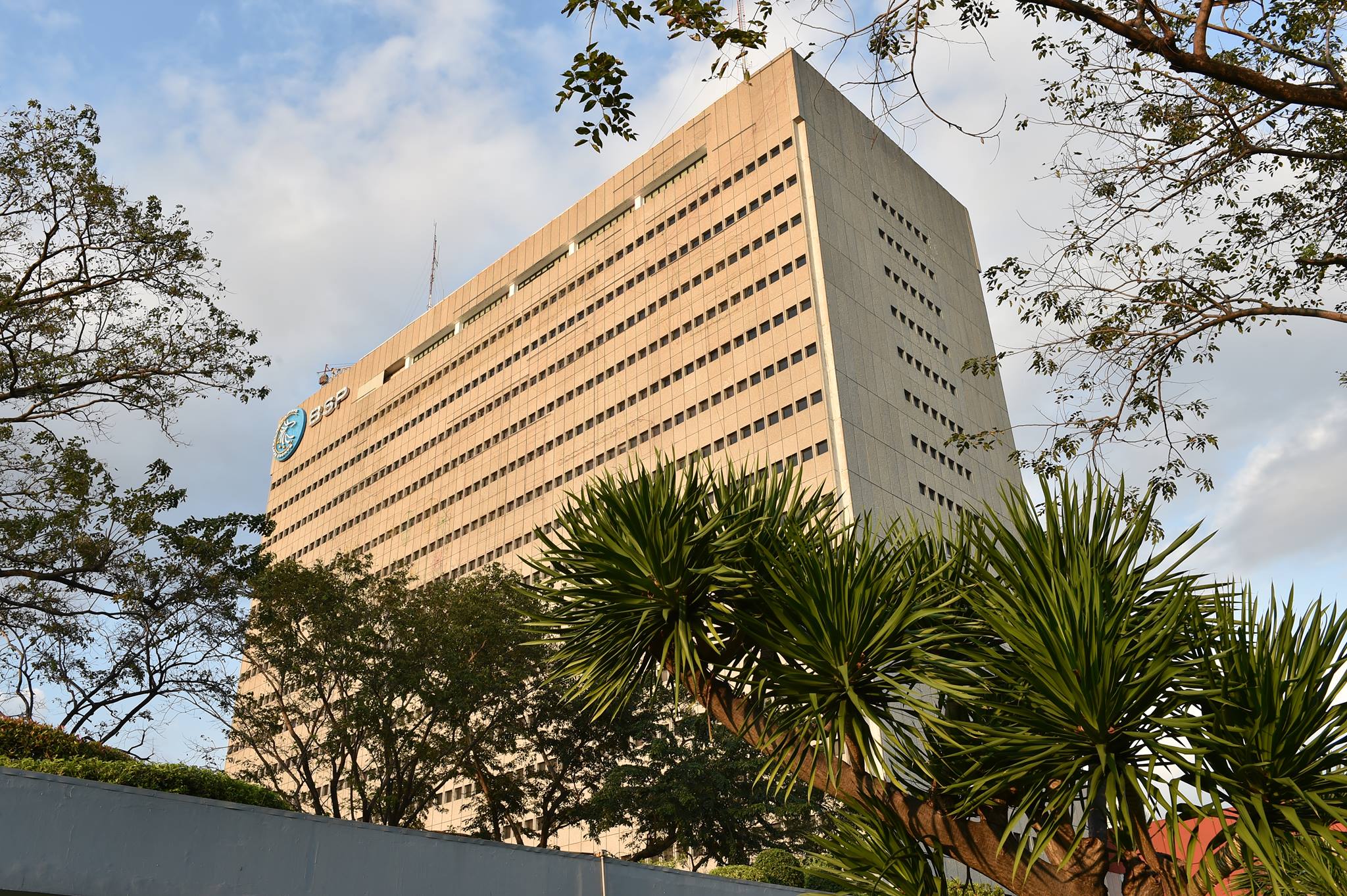Business and Economy
Tenders for 7-day TDF reach Php 49 B

Bangko Sentral ng Pilipinas (Photo: BSP/Facebook)
MANILA—Bid coverage ratio of the central bank’s seven-day Term Deposit Facility (TDF) went up this week but that of 28-day declined on back of lower bids from banks.
Data released by the Bangko Sentral ng Pilipinas (BSP) after the auction Wednesday showed that bid coverage ratio of the shorter-term facility improved to 1.6403 from last week’s 1.4664.
This after total tenders reached Php 49.208 billion, higher than the Php 30 billion offering. The auction committee made a full award for this tenor.
Weighted average accepted yield stood at 3.0465 percent, lower than the 3.0722 percent last week.
The 28-day facility attracted Php 172.051 billion worth of bids, higher than the Php 150 billion offering. It was awarded in full.
Weighted average accepted yield is 3.3570, also lower than last week’s 3.3778 percent.
The central bank will offer the same volume for the auctions on Jan. 18 and 25, with the shorter term facility for Php 30 billion and the longer-term TDF for Php 150 billion.
BSP Deputy Governor Diwa Guinigundo said they could adjust the offer volume of the TDF facility based on their daily and weekly liquidity forecast but stressed that there is no need for any adjustment now.
He said 2017 is “a very challenging year” given the expectations of about three more increases in the Federal Reserve rates, among others.
”Your don’t want to destabilize the capital flows and the exchange rate,” he said, citing in turn that the central bank was able to mop up excess liquidity through TDF, which started operations in June 2016.
The central bank executive said excess liquidity remained high after the BSP banned thrust entities from tapping the central bank’s overnight deposit facilities and the TDF.
Trust entities cannot tap the BSP’s overnight deposit facilities and the TDF effective July 1, 2017.They have been directed to withdraw 50 percent of their placements in these facilities as of Sept. 30, 2016 by end-December last year, another 30 percent by end-March this year and the remaining amounts by end-June this year.
This decision was made after monetary officials decided “to rationalize the use of the deposit facility as a liquidity management tool.”
Guinigundo, on the other hand, pointed out that the funds will go back to the BSP as deposits by the banks per se and not the trust entities.
He said the resurgence of bids for the facility, after under subscriptions last December on banks’ decision to hold on to their cash to be able to cater to the needs of their clients and the public during the holidays, had resulted in improvement in the bid coverage ratio.





















